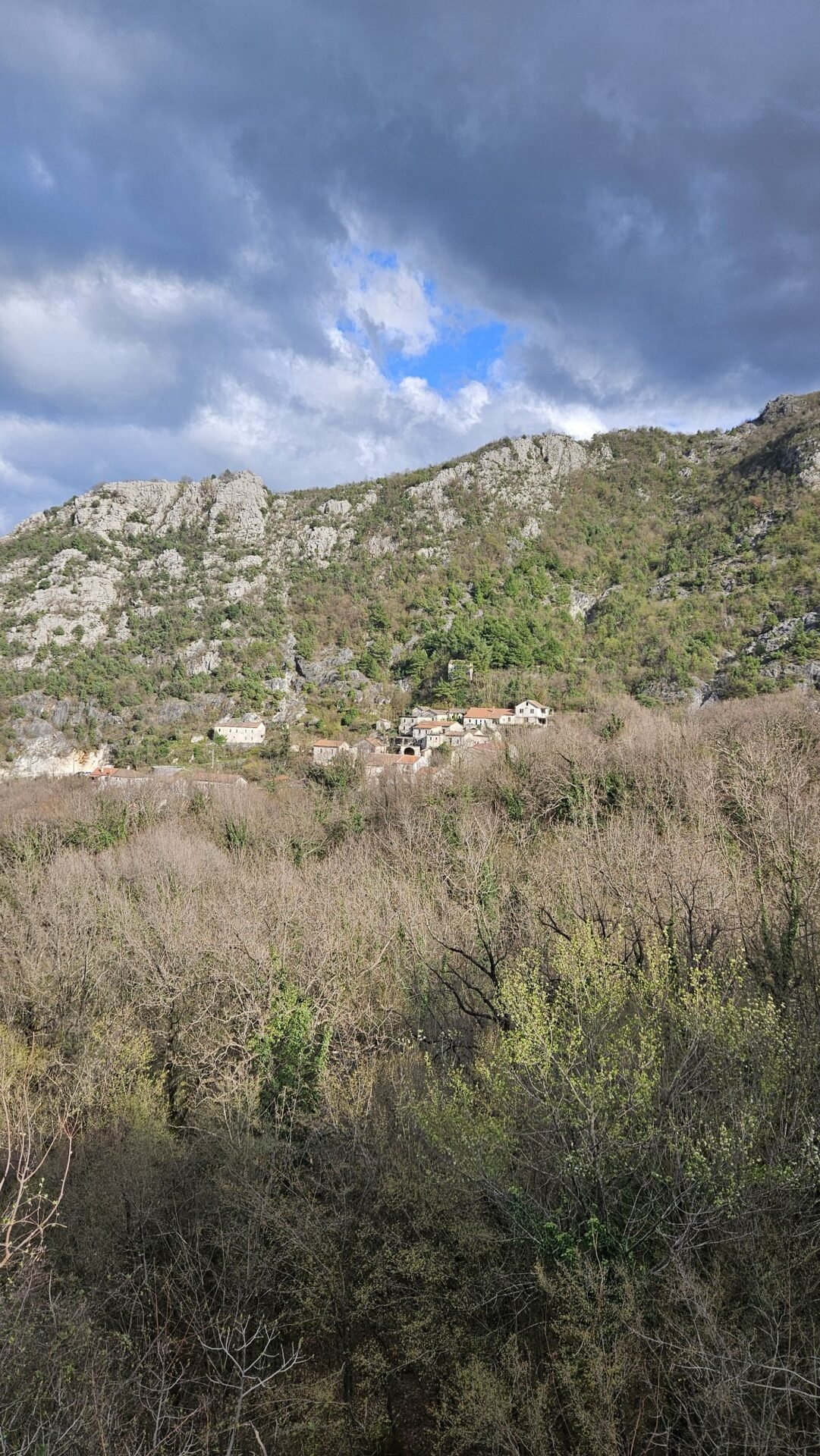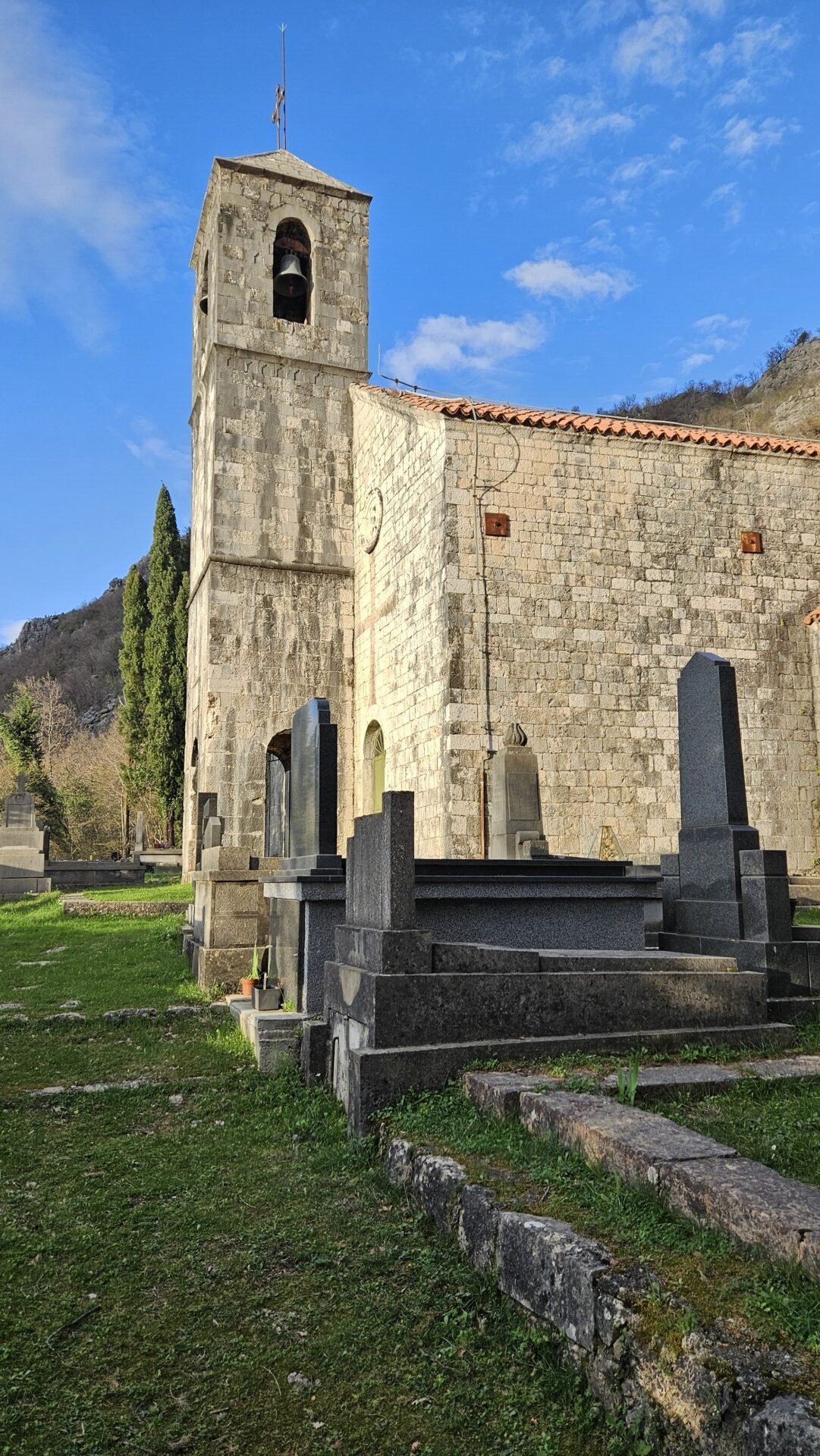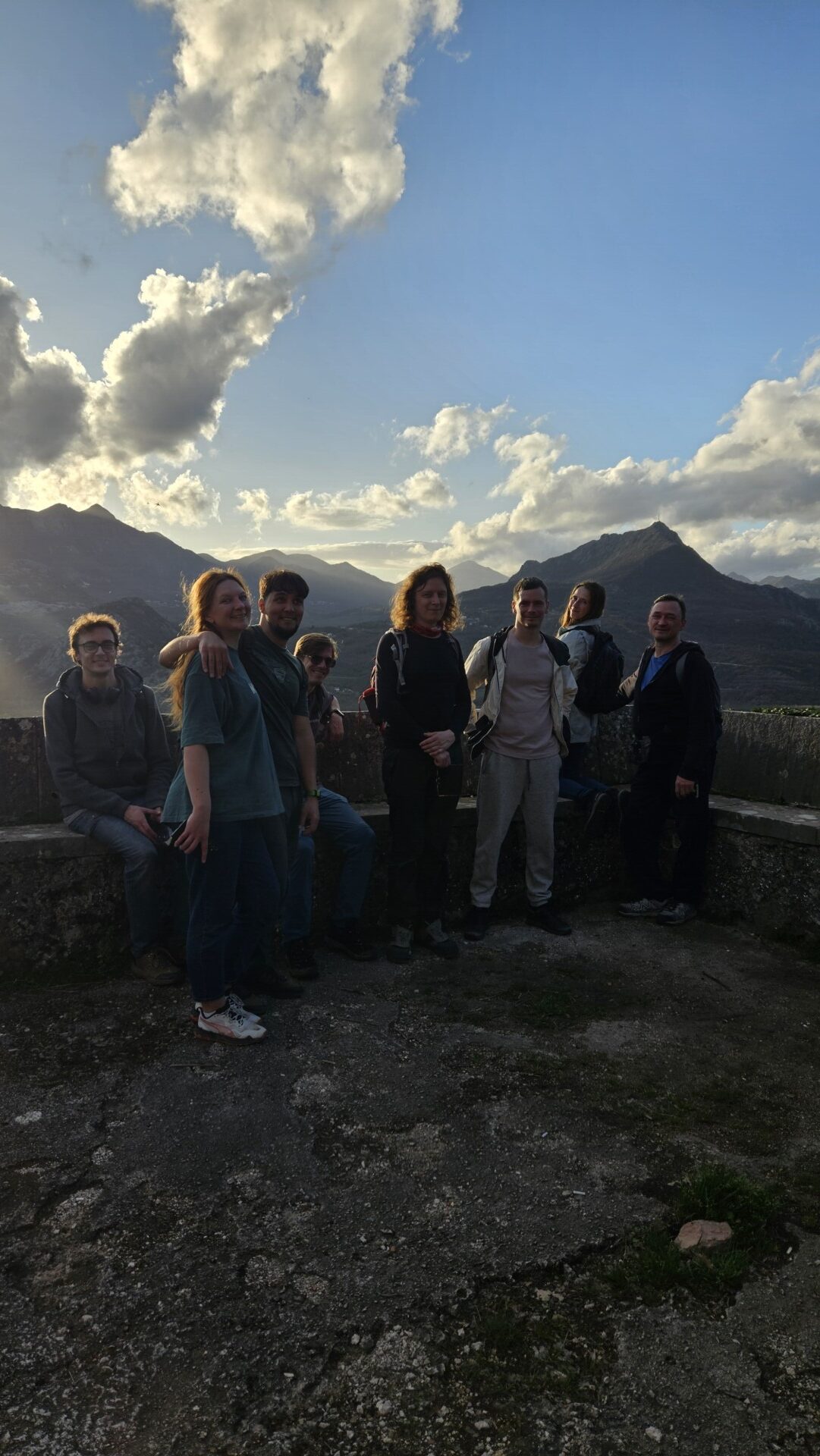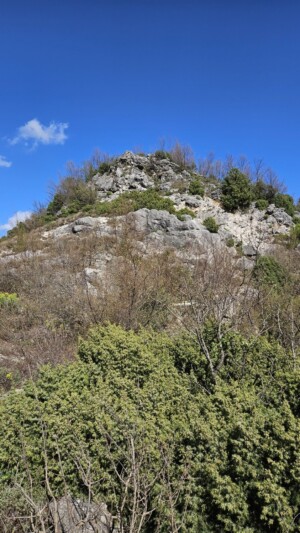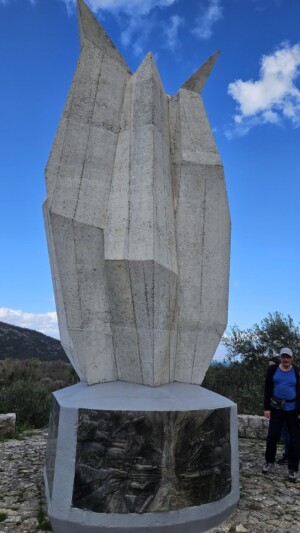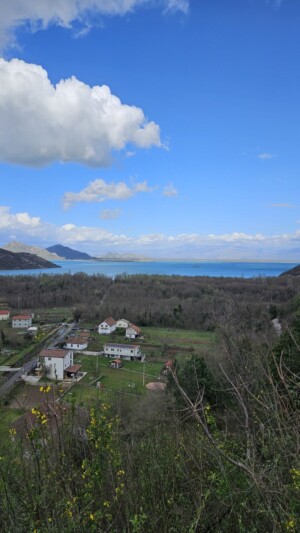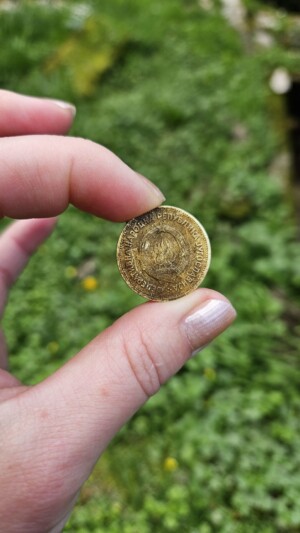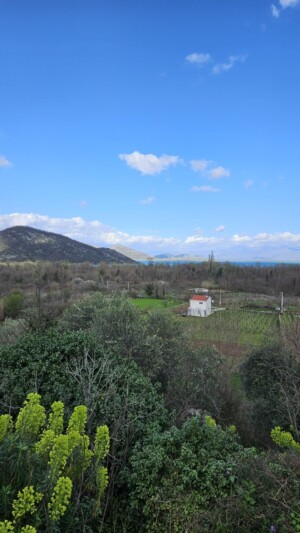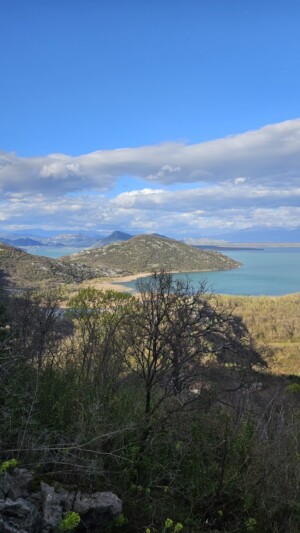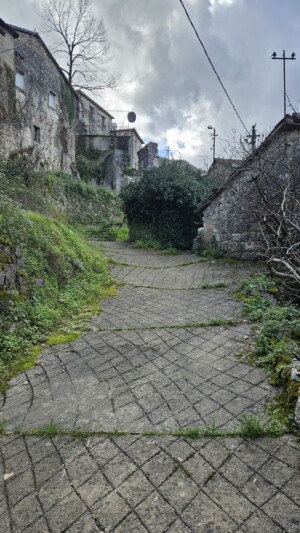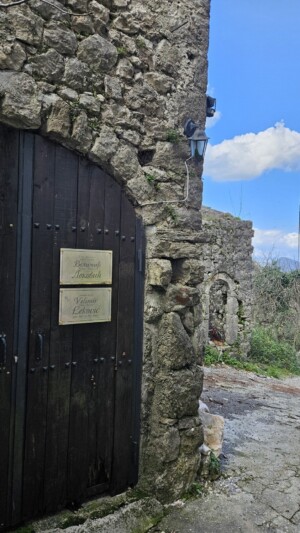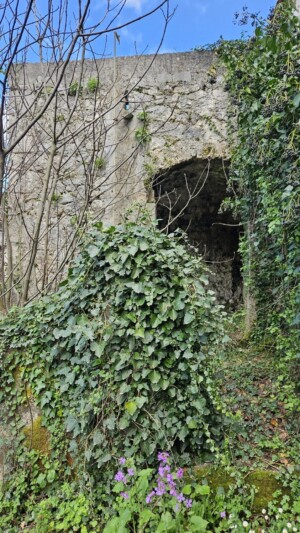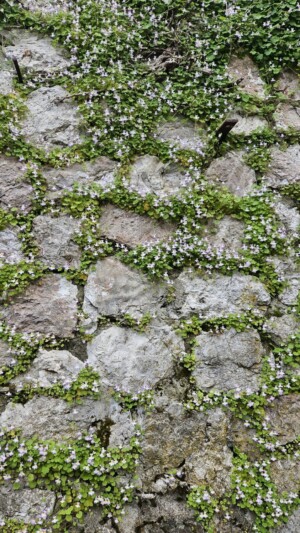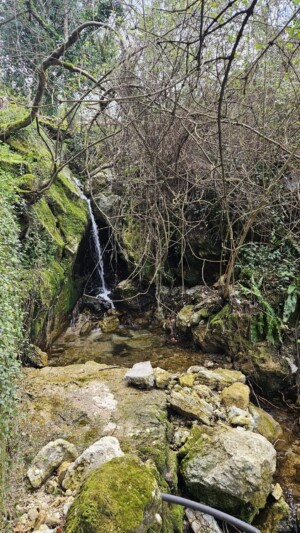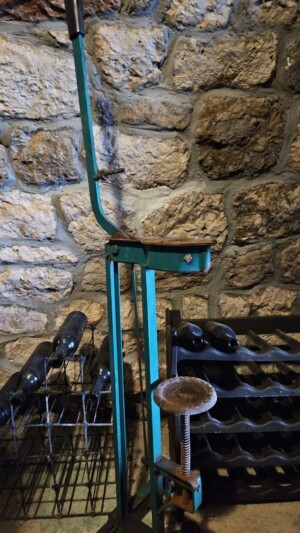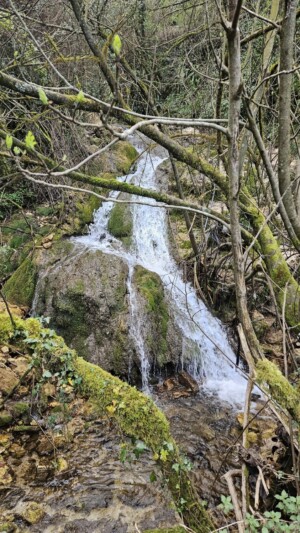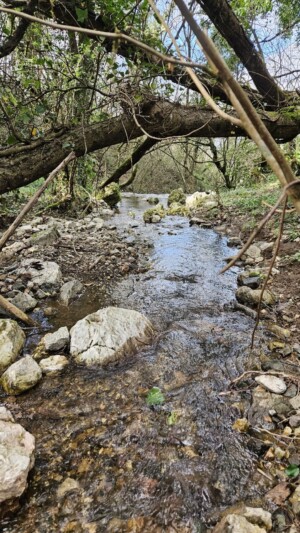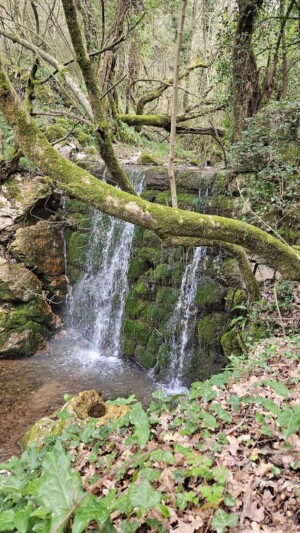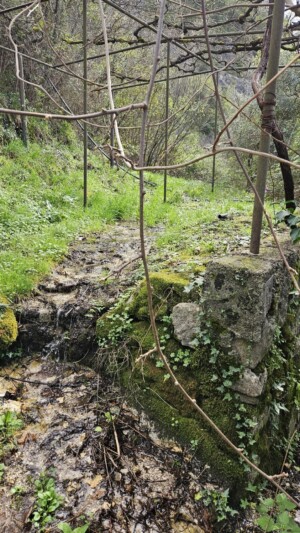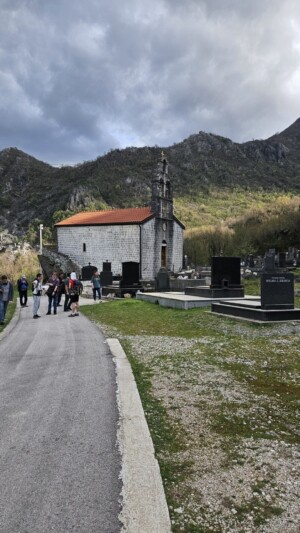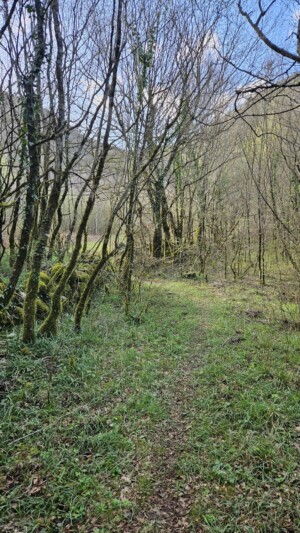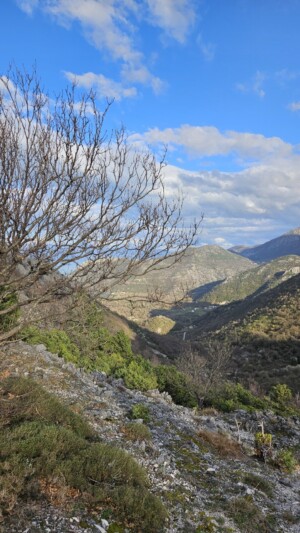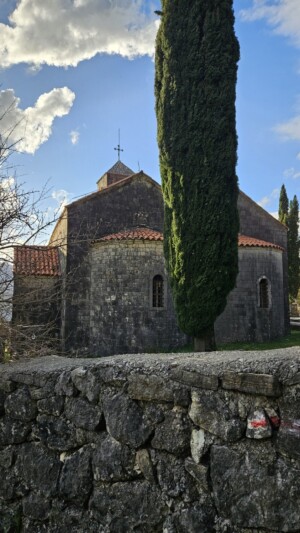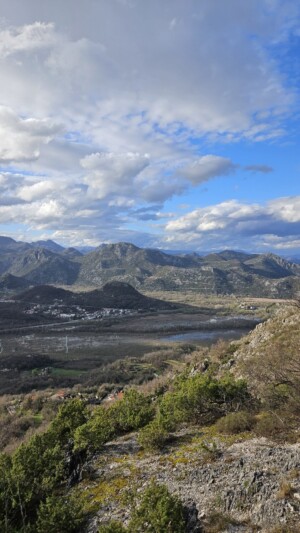Continuing their journey, the Starlight group reached the village of Godinje. This small village, located 3 kilometers from Virpazar, is known for its authentic architecture and rich history. According to legend, Godinje was founded in the 10th century during the time of Prince Jovan Vladimir, who loved this area and often spent time here.
Historical sources mention Godinje as early as the 13th century as property belonging to the Vranjina Monastery. In the late 14th century, the rulers of Zeta, the Balšić dynasty, built their summer residence here. The architecture of the village is remarkable, featuring stone houses with arched doorways, old mills, and threshing floors—places where villagers gathered for celebrations and discussions.
After the devastating earthquake of 1979, many houses were abandoned, and today only about 10 out of the 53 houses remain inhabited. Nevertheless, Godinje retains its unique atmosphere and attracts visitors interested in Montenegrin history and culture.
Winemaking Heritage of Godinje
One of the key features of Godinje is its rich winemaking tradition. The Skadar Lake region, including Godinje, has a winemaking history dating back approximately 500 years. The village is home to Garnet Winery, owned by the Leković family, who have been engaged in winemaking for 13 generations.
Garnet Winery offers wine tastings accompanied by local appetizers, allowing guests to not only enjoy the flavors but also learn more about the winemaking process and the region’s history. Tastings are held from April to November and require prior reservation.
A Lucky Encounter at the Winery:
While exploring the village’s historic architecture and walking along the scenic Mljistica River, the group was fortunate to meet the winery’s owner upon his return. He hosted a wine tasting session for them, although only four varieties of Vranac wine were available—vintages from 2022, 2021, 2018, and another unspecified year. The taste of the wine varied significantly depending on its aging period. The price per bottle was quite high at €15, but the group still decided to take a couple of bottles for the road. They also had the chance to observe the fascinating process of bottle corking.
Water Springs of Godinje: A Natural Treasure
Godinje is not only famous for its ancient architecture and winemaking traditions but also for its unique natural water sources. The village is located in a karstic terrain, which creates favorable conditions for the formation of springs and underground water sources.
One of the most well-known springs in Godinje is Kaludjerov Vir (Monk’s Pool). According to legend, this spring was used by monks living in the region during the Middle Ages. The water from this source is known for its crystal-clear purity and pleasant taste, and it is also believed to have healing properties.
Another significant water source in Godinje is Veliki Izvor (Great Spring), which served as the main water supply for the village. This water was not only used for drinking but also played a crucial role in winemaking. Local winemakers claim that the quality of water is a key factor in shaping the distinctive taste of their wines.
Along the road leading to the village, travelers can find several other natural springs that attract both tourists and locals, especially during the hot summer months. Thanks to these clean water sources, Godinje has always been a favorable place for settlement and agriculture, as evidenced by the ancient buildings that have survived to this day.
The Final Stretch: Towards the Old Bar Road
After visiting Godinje, the Starlight group continued their journey towards the Old Bar Road, enjoying panoramic views of Skadar Lake and the surrounding mountains. The route is well-marked, making navigation easy even for those unfamiliar with the area.
On the way back to Virpazar, after leaving the historic route along the Stari Bar road, we passed by an abandoned mansion belonging to the ancient Montenegrin Plamenac family. This decaying structure stands as a silent testament to the deep historical roots and once prominent status of the Plamenac family in Montenegro, adding a touch of mystique and historical depth to the journey back from the scenic areas around Lake Skadar.
The Plamenac family, with deep roots in the Crmnica region of Montenegro, is a notable Montenegrin surname derived from the word “plamen,” meaning “flame.” This name is believed to have been earned by Ilija Bogustinović during a passionate speech in 1492, where his fervor was likened to fire by a Venetian envoy. The family is primarily of Orthodox faith and has played a significant role in Montenegrin history. Members of the family have held various influential positions, including church leaders, military commanders, and politicians
One prominent figure, Ilija Plamenac, was a duke and a celebrated military leader during the Montenegrin–Ottoman War (1876–1878). He commanded Montenegrin forces in several critical battles and later served as Montenegro’s Defence Minister. His leadership and military strategies significantly impacted Montenegro’s history and his legacy continues to be remembered in the region
The Plamenac family’s story is also intertwined with the local landmarks and historical sites in the area, like Grmozur Fortress on Lake Skadar. This fortress, near the village of Godinje, was a strategic military point during the conflicts between Montenegro and the Ottoman Empire. After being captured by Montenegrin forces in 1878, it served various purposes, including a prison for serious criminals and political detainees
For anyone interested in the detailed history of the Plamenac family and their significant contributions to Montenegro’s heritage, exploring these regions and their historical sites can provide deeper insights into the family’s enduring legacy.
This trek not only allowed participants to admire Montenegro’s stunning natural landscapes but also offered a deeper understanding of the region’s cultural and historical heritage.
A Journey to Remember
The Starlight group’s hike on March 16, 2025, was a perfect example of how traveling through historical sites and picturesque landscapes can enrich one’s knowledge of local culture and traditions while creating unforgettable experiences through encounters with locals and their way of life.




